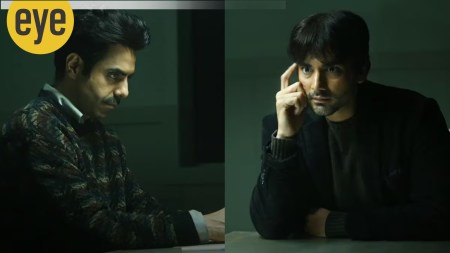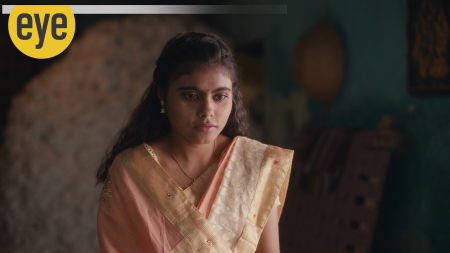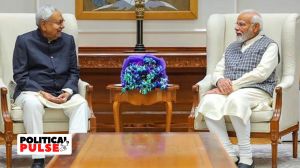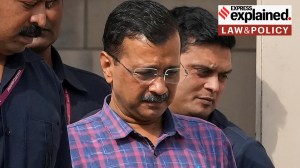- India
- International
Sky is not the limit
There is a strong case for political bipartisanship on building the air force’s capability
 The IAF is potent against both its adversaries at this point due to its better assets, superior training and its aircrew’s experience
The IAF is potent against both its adversaries at this point due to its better assets, superior training and its aircrew’s experience
The supercession controversy over the selection of the army chief has put in shade the fact that India has a new air chief too. And, for sure, he has his hands full to keep the deterrent quotient of the IAF at the optimum. Chanakya had said, “The power of a king lies in his mighty arms.” In modern-day contingencies, the air power of a nation is one of those mighty arms.
While the Sino-Pak tango is well-known, the intensity of China’s determination to side with Pakistan is disconcerting. During the Kargil war in 1999, Pakistan was virtually given short shrift by China. But in the decade and a half since then, China’s friendship with Pakistan has grown, resulting in the $42-billion CPEC project. Even more symbolic is the Chinese stand on India’s entry into the NSG and its veto in the UN on the Masood Azhar case. The trilateral Russia-Pak-China meeting on Afghanistan at Moscow in December, without the presence of Kabul and the US, heralds a new alignment that may well be the new power centre India will have to factor in.
By providing economic and military assistance to almost all its neighbours, China is gradually pushing India into a corner. The Russia-China détente got India the proverbial long-lost friend in the US, and vice-versa. But while the US may want further closeness through a shorter tie-rod, India will not accept poodle status. In this scenario, the case for strengthening the Indian military, especially the IAF, acquires greater urgency.
Monies are always scarce for arms when it comes to a trade-off between “guns and butter”. In most countries, the defence sector tends to lose out further in the final stretch of an election cycle when electoral priorities kick in. This could be so in India with the elections in 2019. The army’s artillery guns are finally coming, but the jawan has yet to get a modern assault rifle and many other necessities. The navy has its ships but some are missing sensors and weapons. The IAF, which incidentally has got a fair share of the capital budget due the inherent high costs of its assets, is almost there with its gloved fist — but actually, yet not there.
First, the positives. The IAF’s transport aircraft and helicopter fleet have been modernised and India can boast of a capability that can confers on it a tag of being a regional HADR (humanitarian assistance and disaster relief) provider. While neighbours have always turned to India for succour, this capability must form part of institutionalised military diplomacy by firming up inter-governmental agreements. With heavy lift Chinook helicopters coming in by 2019, imagine the diplomatic traction available as a C-17 can fly long distance with one such machine in its hold. The IAF’s transport and helicopter combine now gives an airlift capability that can transport large army groupings across our frontiers, including in high altitude areas, a capability that would be the envy of many air forces. Helicopter night vision capability has increased substantially — ask those deployed in Maoism-affected areas. Air defence assets are on a steep modernisation curve, thanks to the success of indigenous programmes while the networking of civil and military radars for gap-free coverage is well on its way. So, where is the IAF “not there yet?”

The fighter fleet demands intense attention. Monies have to be allocated to arrest the decline due to the phasing out of the MiG 21/27 fleets and build squadron numbers to the required strength of 42. Some commentators call this figure dated since it is based on a study conducted some years ago; the argument goes that with the enhanced capability of the Sukhoi and Rafale class, the numbers need to be reworked. But they need to be reminded that the IAF has been asked to prepare for a two-front scenario, which was not the case earlier; for this, quantities of capable fighters matter. It is good that the government appears seized of the import of this requirement and Gripen and F-16s are being talked about in the media.
The IAF is potent against both its adversaries at this point due to its better assets, superior training and its aircrew’s experience. However, China is helping modernise the Pakistan Air Force while its own PLAAF is gaining experience through intense exercising of its aircrew. If ever there was a requirement for a political bipartisan approach to building military capability, it is now.
EXPRESS OPINION
More Explained
May 10: Latest News
- 01
- 02
- 03
- 04
- 05









































